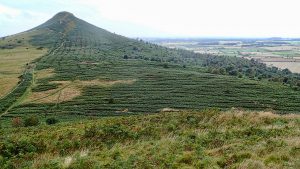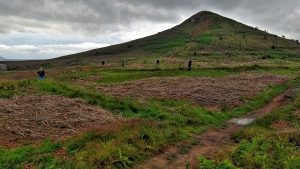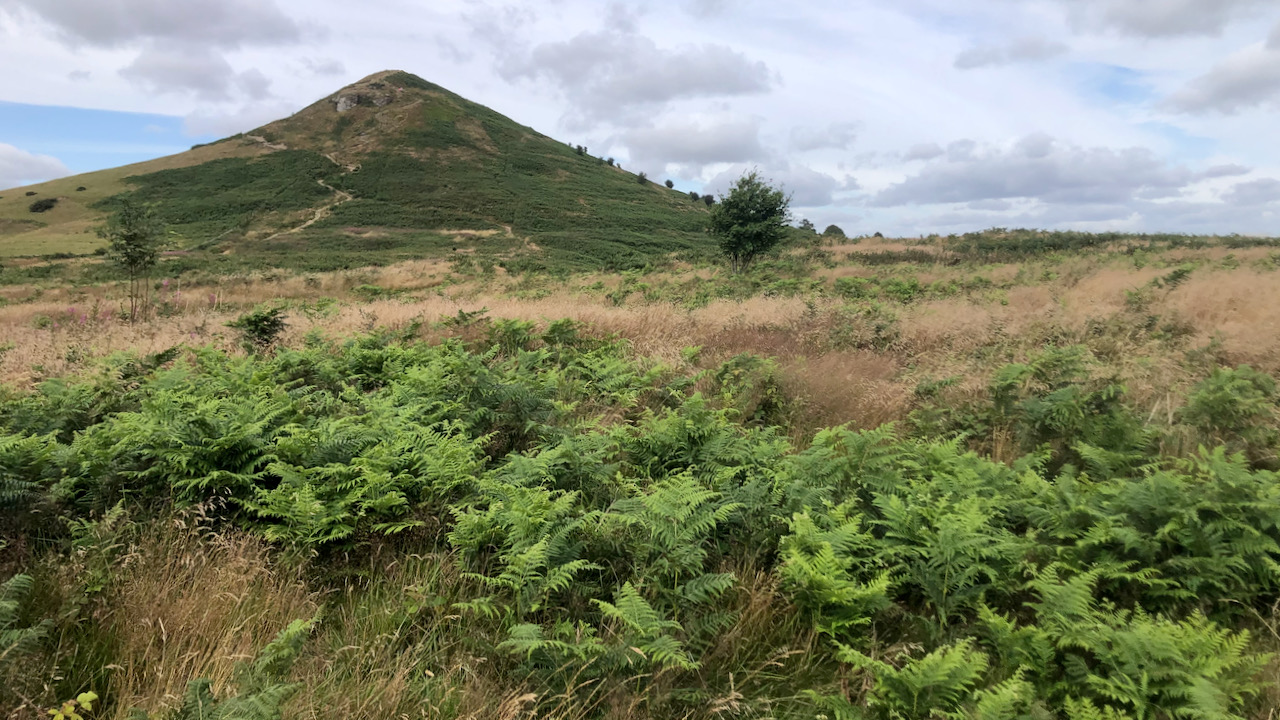In the midst of this stifling bracken season, I’ve yet to encounter anyone who harbours any affection for this plant. Sure, it may bring a touch of colour come autumn, but only when it’s dead and devoid of vitality. In the summer, perhaps a stroke of luck might grant you a glimpse of a stonechat or dunnock warbling from its clutches.

Four years back, the National trust tried to tackle the bracken infestation on Roseberry by dousing it with a chemical herbicide. While there was some noticeable effect the following year, the invasive plant has simply crept back since then. Dealing with bracken isn’t a one-off job; it demands an annual ritual of attention.
I understand Scottish and Welsh farmers are now urging for the reintroduction of bracken spraying. The European Union had put a ban on such airborne sprays, but strangely, England now grants permission under certain licenses.
Apart from spraying, the main alternative for bracken control involves labour-intensive methods like cutting or simply breaking its stems. The most environmentally unfriendly way to do this is a steel roller pulled by a tractor or quad bike. A more natural approach would could let a herd of cattle or ponies trample the bracken. Both these methods result in a gradual weakening of its root system and should to be maintained over several seasons.
Bracken is not palatable to animals, although you might spot a few curious sheep amidst the foliage scavenging for seedlings of other plants which have managed to germinate in the sterilised soil. Alas, their dainty feet don’t do much damage to the stubborn plant. Nonetheless, a single sheep can unwittingly clear a vast area of any seedlings, ensuring nothing is left to out-compete the relentless bracken.

Without a doubt, bracken is a bane – not just for farmers, but also for visitors, who might end up swimming through a sea of the stuff and are magnets for the ticks that bracken hosts. However, it’s not all gloom and doom, as bracken can be harvested and turned into compost. Gardeners use it as mulch. I recall in a dale in the Lake District, seeing many bales of harvested bracken awaiting collection. An admirable venture, if I may say. Other farmers could follow suit, but of course, harvesting bracken comes with its challenges, especially on steep and rocky terrain slopes. Nevertheless, there are vast, flatter areas where modern machinery could make a light work of the harvest.
One could argue that if a slope is too steep for bracken harvesting, it might be best left alone. After all, by letting it be, we offer a better chance for trees to take root. As those saplings mature into woodland, their shade will smother the bracken. Though fencing might be necessary to keep any marauding sheep at bay.
Many farmers are genuinely interested in fostering nature and creating diverse habitats on their farms. To pursue this, support is paramount, and with the right encouragement, it could be a win-win situation for all parties involved.
As for Roseberry, the long-term plan is still to introduce a herd of cattle, just as it was four years ago.

Leave a Reply